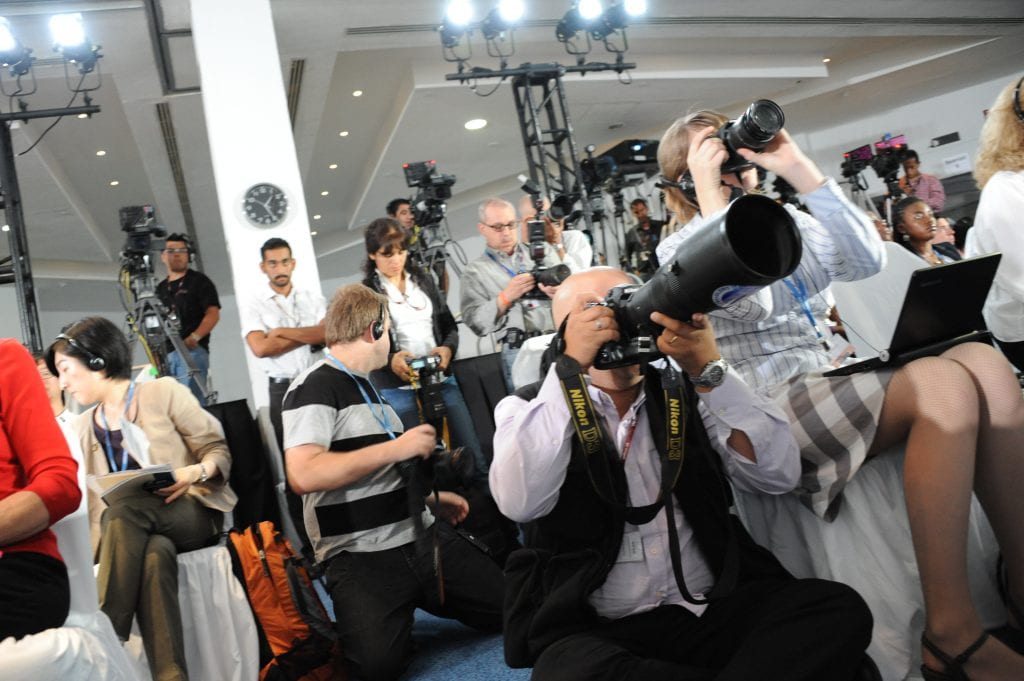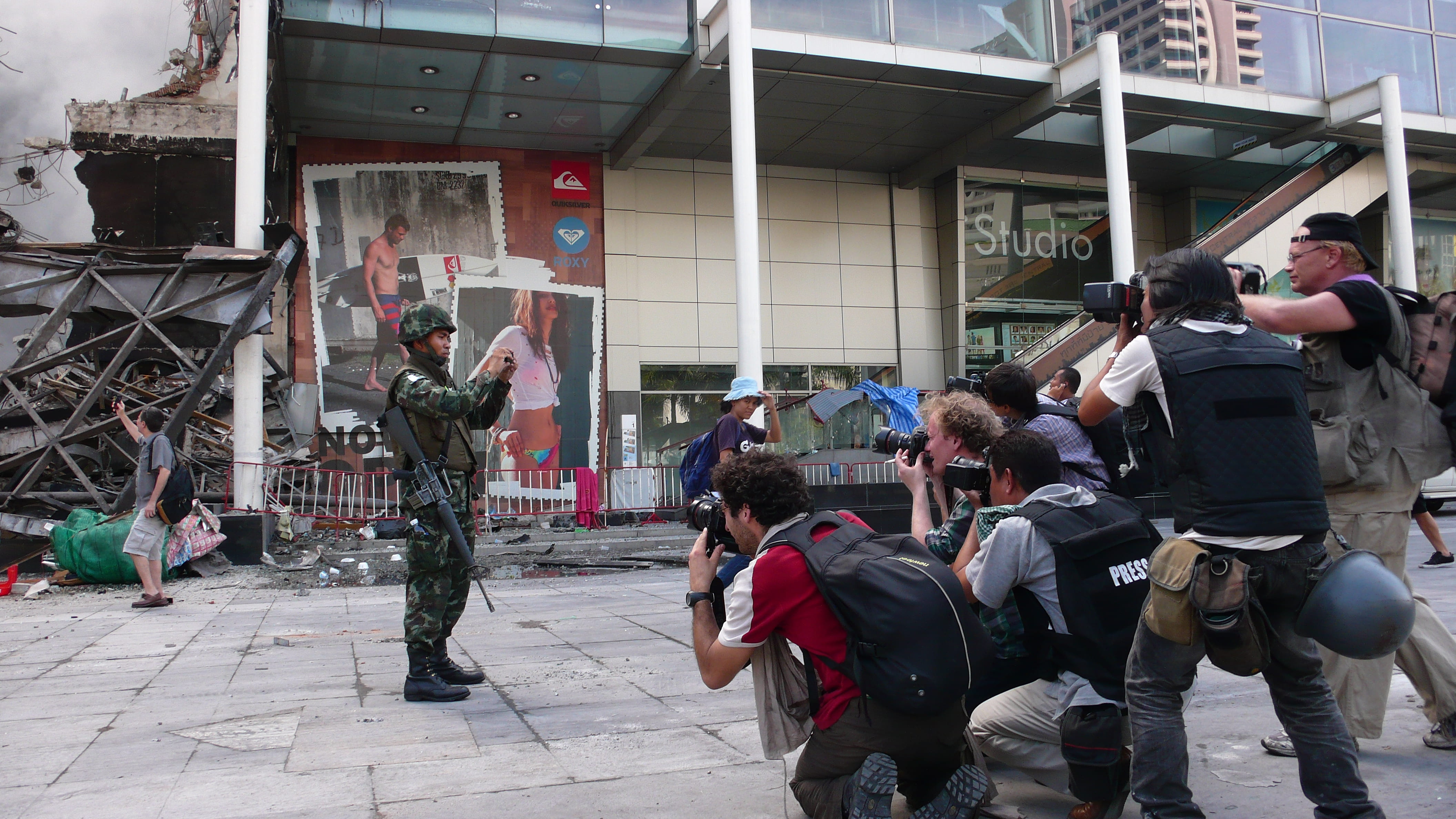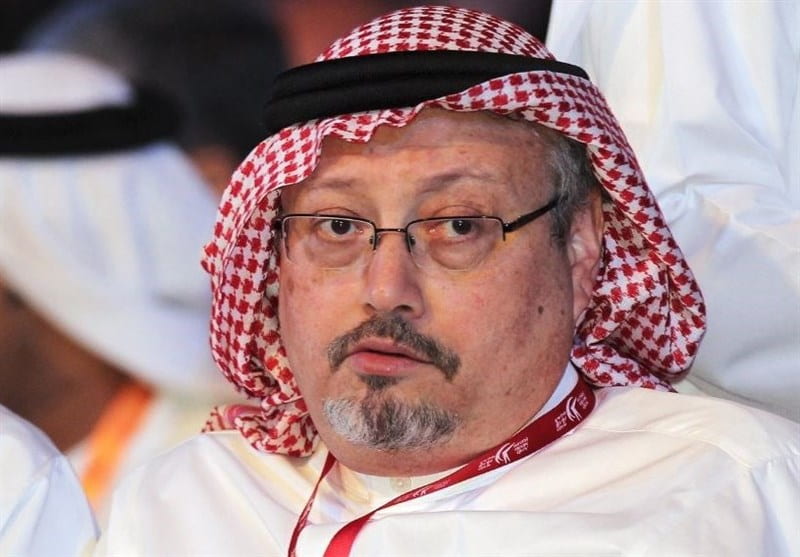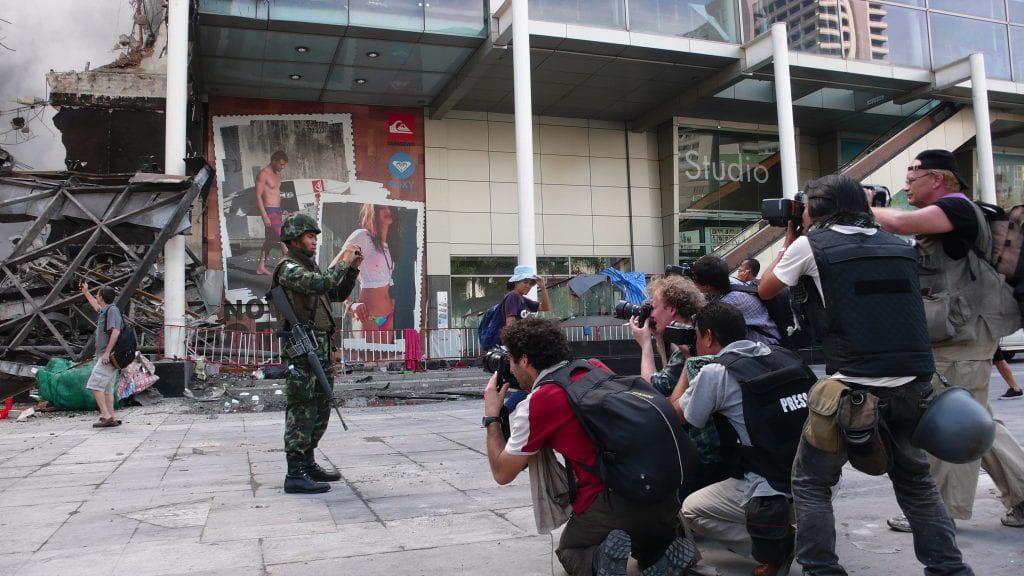by Andy Carr

From a human rights perspective, one key factor behind recent trends in American media might best be framed in terms of labor rights. Beneath the turmoil and headlines, a collective organizing and unionization effort at leading magazines and papers has emerged in recent years, including at Vox, The New Yorker, the Los Angeles Times, and others. Especially in media, focus has turned to the rising tide of labor unions – organizations which are formed by workers in the same sector (e.g., among journalists and related professions) to bargain collectively. Collective bargaining allows unionized workers to negotiate with a stronger hand; the more workers are included, the more their non-participation or, in extremis, walkouts, and strikes will affect their employer(s). Bargaining leads to a union contract which binds all employees and their employer (if approved by a pre-set threshold required) to baseline pay rates and other working conditions. In modern contexts, union contract conditions include working hours, overtime policies, paid leave and holidays, sick pay and health insurance, promotion qualifications and timelines, as well as equity and inclusion-oriented provisions, such as minority recruitment programs and diverse hiring initiatives.
Journalist organizing movements follow in the footsteps of Depression-era unionizing efforts significantly set off by a call to action in the New York World-Telegram written by Heywood Broun, a famed columnist of the 1930s. The American Newspaper Guild subsequently exploded, and just “10 months after Broun’s first column, the Guild had 7,000 members, with 125 delegates from 70 papers” onboard. At the same time, as Steven Greenhouse explained in the Columbia Journalism Review last year, “many publishers [of the time] aggressively resisted unionization.” Famously, the Associated Press “fired a reporter, Morris Watson, for his pro-union activity,” leading to a lawsuit which reached the Supreme Court, Associated Press v. NLRB (1937). In that case, the Supreme Court “rejected the publishers’ arguments that their freedom of the press was being violated by federal laws” protecting unionization and collective bargaining, affirming the reach of the National Labor Relations Act of 1935 (NLRA).
The NLRA remains a significant part of America’s federal law on employment and labor rights, and since its inception it has sought two broad aims: first, “to restore the equality of bargaining power” among workers and employers and, second, to “resolve the problem of depressed wages,” a ubiquitous concern in 1930s America (see Southern California Edison Co. v. Public Utilities Commission, 140 Cal. App. 4th 1085, 1100 (2006)). More than 80 years after its founding, however, the underlying goals of the NLRA remain widely unfulfilled, with nationwide union membership dropping year-over-year since at least 1983, and America’s journalists, in particular, have faced daunting challenges. To put it bluntly, journalists’ ongoing efforts to organize have met an organized, systemic response.
Last May, Jones Day, one of the world’s largest law firms, held “a conference in its Manhattan office focused on labor and employment law in the news media industry,” an “invitation-only affair, bringing together Jones Day attorneys and media executives, in-house lawyers, and senior human resources personnel—in other words, anyone who might find themselves on the other side of a bargaining table from journalists trying to unionize.” Among the attendees were individuals from “The New York Times, The Washington Post, Slate, Univision, and Atlantic Media, among others,” and one of the “moderators leading the conference was Patricia Dunn, a longtime [Jones Day partner based in Washington, D.C.], and a former in-house counsel for the Post.” As CJR again summarized, Jones Day,
“with Dunn often at the helm, has in recent years become a go-to for media executives facing union drives. At a time when uncertain market forces have driven more and more newsrooms to organize, Jones Day has become notorious for aggressive anti-union tactics that journalists and union leaders say have helped downgrade media union contracts and carve employee benefits to the bone. Jones Day’s portfolio of media outlets includes, among many others, Slate, whose union members voted [in December 2018] to authorize a strike amid pushback from management on their demands.”
These outlets hardly cover the range of past and ongoing union-busting efforts: New York magazine, Vox, the Boston Globe all have been accused of assertive anti-union tactics in the past few years. (Among these cases, however, Vox’s unionizing efforts recently succeeded in the dramatic form: on Friday, June 7, Vox Media staffers secured an industry-defining union contract after a 29-hour marathon negotiation. The contract set minimum salaries at $56,000, included generous leave policies for parents regardless of gender and included initiatives designed to improve diversity in management, among other provisions.)

Even where writers and editors have had organizing success, their gains have proved temporary. As The New Yorker reported in November 2017, just one “week before [their] sites were shuttered, the staffs of DNAinfo and Gothamist had unionized with the Writers Guild of America, East,” one of two leading industry unions in America along with NewsGuild. DNAinfo and Gothamist comprised a network of locally oriented outlets in major cities, owned by billionaire Joe Ricketts, the founder of trillion-dollar “brokerage giant” TD Ameritrade and “a major right-wing donor who … has given millions of dollars to anti-labor politicians” across the United States. Former employees, speaking to The New Yorker, reported “that, in both coded and explicit ways, management had warned [staff] repeatedly in the months before they unionized that doing so would mean that the sites would cease to exist” – a seemingly clear instance of “threatening [unionizing] employees with closure,” in violation of federal law.
Subverting workers’ collective organizing or their free association more broadly both constitute problematic strategies under international law, as well. The International Labor Organization (ILO), for instance, has spoken unequivocally on the fundamental right of workers to coordinate collective action, including rights to “freedom of association” and “the right to collective bargaining,” per the following excerpts:
ILO Declaration on Fundamental Principles and Rights at Work (June 1998), Perambulatory Dedication:
“Whereas, in seeking to maintain the link between social progress and economic growth, the guarantee of fundamental principles and rights at work is of particular significance in that it enables the persons concerned, to claim freely and on the basis of equality of opportunity, their fair share of the wealth which they have helped to generate, and to achieve fully their human potential…”
ILO Fundamental Principles, operative clause (2) (emphasis added):
“Declares that all Members, even if they have not ratified the Conventions in question, have an obligation arising from the very fact of membership in the Organization to respect, to promote and to realize, in good faith and in accordance with the Constitution, the principles concerning the fundamental rights which are the subject of those Conventions, namely:
(a) freedom of association and the effective recognition of the right to collective bargaining;
(b) the elimination of all forms of forced or compulsory labour;
(c) the effective abolition of child labour; and
(d) the elimination of discrimination in respect of employment and occupation…”
The UN Human Rights Council in 2008 also weighed in on corporations’ responsibilities vis-à-vis human rights, to include fundamental principles of labor rights. Although currently non-binding, the Guiding Principles on Business and Human Rights framework describes “business enterprises as specialized organs of society performing specialized functions,” but which also are “required to comply with all applicable laws and to respect human rights” (emphasis added). The Guiding Principles emerged in response to concerns about the nexus of human rights and transnational businesses specifically, yet are framed in generalized terms. Thus, the ongoing anti-organizing efforts of managers and owners in American media may constitute violations of not just domestic labor laws, but also an emerging corpus of international legal standards that might become binding rules in coming years.
The foregoing issues merely scratch the surface. Strong-arm labor tactics often combine with the toxicity of online media culture generally and the lawsuit-begging misconduct of particular outlets. For example, a 2018 New York article on the culture at Vice Media cites a “senior manager [who] once joked that the company’s hiring strategy had a ’22 Rule’: ‘Hire 22-year-olds, pay them $22,000, and work them 22 hours a day.’” Vice, then, might provide a serviceable avatar for American media problems – a culture of toxicity, outright abuse, and constant uncertainty about reporters’ job security combined with increasingly “widely lauded” output, such as Vice’s work with HBO and a documentary which “offered one of the first looks inside the Islamic State,” from 2014. Vice, notably, has been embroiled in back-and-forth union negotiations since January 2018, prompting over “75 current and former writers for HBO” to sign a petition requesting Vice Media “sign a strong union contract.”
With the enduring stalemate over unionizing efforts at BuzzFeed News and another round of layoffs in recent weeks—including the total elimination of Ebony’s online team, allegedly without pay for work already done, earlier in June—a complex push and pull continues. Media organizing successes and setbacks like that above highlight the urgency of needed protections.



